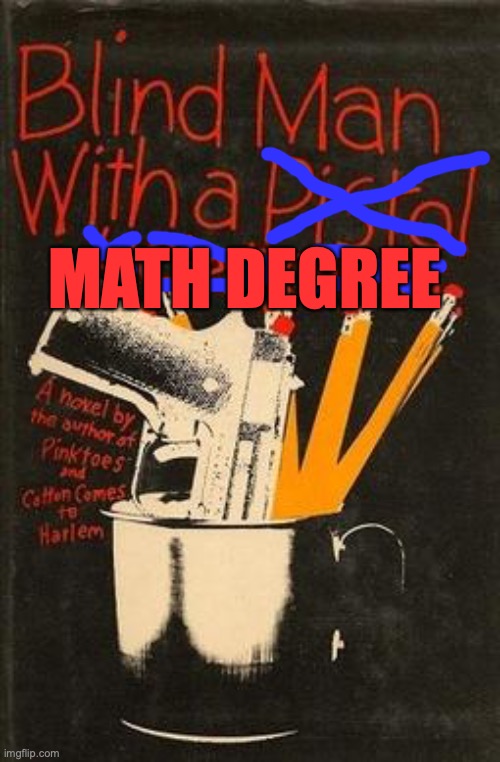Anthony Benjamin Summersill (b. 1858; October 10, 1935)
South Carolina. Black.Occupation: farmer, teacher.
Father's occupation: farmer laborer.
Mother's occupation: farm laborer.
Anthony was born in South Carolina to Anthony (or Toney) and Patience Summersill. It is unknown whether the parents were enslaved or free persons of color. During Reconstruction, they lived in Christ Church parish in Charleston county and worked as farmer laborers.
Anthony attended the Avery Normal School in Charleston. He was in the same class as William D. Crum and Robert L. Smith. He graduated from the Avery in 1875 and then enrolled at the University of South Carolina. The 1876 university catalogue describes him as a freshman student from Charleston following the modern studies track. The university closed before he completed his degree.
After the closure of the university, Anthony returned to his family in Christ Church parish and worked as a school teacher. He was involved in the 1878 election, the first election held after the end of Reconstruction. On election day, he went to the polling station for Mt. Pleasant and distributed Republican ballots to voters. (Typically, voters would vote by submitting ballots provided by the political parties.)
The election resulted in an overwhelming victory for the Democratic party. In Mt. Pleasant, the Democatic candidate for U.S. Congress, Michael P. O'Connor, received 473 votes against the 147 votes received by the Republican candidate, Edmund W. M. Mackey. However, Mackey contested the outcome, alleging that Democrats had engaged in voter fraud. For example, at Mt. Pleasant, when the election managers counted ballots after the election, they found 1,163 ballots even through only 620 men had voted. The election mangers, who were both Democrats, proceeded to select and destroy ballots until the ballot count matched the number of voters. Under federal law, election managers were suppose to select the ballots at random, but Republicans alleged that they intentionally tried to select Republican ballots. Ultimately, Congress upheld the reported election outcome.
Anthony remained in Christ Church parish, although there are few records of his activities. In 1884, he served as Mt. Pleasant's postmaster, and by 1910, he was working as a farmer. He continued to farm until his death in 1935. He is buried in Ocean Grove Cemetery in Mount Pleasant, SC.
Sources Cited
1). Year: 1880; Census Place: Christ Church, Charleston, South Carolina; Roll: 1223; Page: 4D; Enumeration District: 078
1). Year: 1880; Census Place: Christ Church, Charleston, South Carolina; Roll: 1223; Page: 4D; Enumeration District: 078
2) 1930; Census Place: Christ Church, Charleston, South Carolina; Page: 13B; Enumeration District: 0046; FHL microfilm: 2341924
3) South Carolina Department of Archives and History; Columbia, South Carolina; South Carolina Death Records; Year Range: 1925-1949; Death County or Certificate Range: Charleston. Certificate Number: 014735. Volume Number: 28
4) 1910; Census Place: Christ Church, Charleston, South Carolina; Roll: T624_1453; Page: 28A; Enumeration District: 0066; FHL microfilm: 1375466
5) 2). United States, Congress, House. E. W. M. Mackey vs. M. P. O'Connor: Papers in the Case of Mackey vs. O'Connor, Second Congressional District of South Carolina. Government Printing Office, 1880. 46th Congress, 2nd session, Mis. Doc. No. 40., Part 1. pp. 681-684.
6) McIver, Petrona Royall. History of Mount Pleasant, South Carolina. Ashley Print. & Publishing Company (196). p. 86.




